Read a current journalist’s thoughts on journalism of the past as it pertains to sentiments on refugees.


Read a current journalist’s thoughts on journalism of the past as it pertains to sentiments on refugees.

In this article, Rob Wile compares the early European settlers to today’s entrepreneurs. Read to find out how the two compare.

In Phoenix, Arizona, a new program allows people to learn about Navajo traditions and stories. Children and their families hear traditional Navajo stories that help them learn more about their roots.

For nearly a century, a butter company’s logo featured a drawing of a Native American woman. Find out why that logo has finally changed.

Archaeologists are looking for the wreckage of a fleet of French ships that was lost near present-day Florida in 1565. Why are scientists so interested in this shipwreck from long ago? The loss of the ships brought an end to French colonization in the Americas.
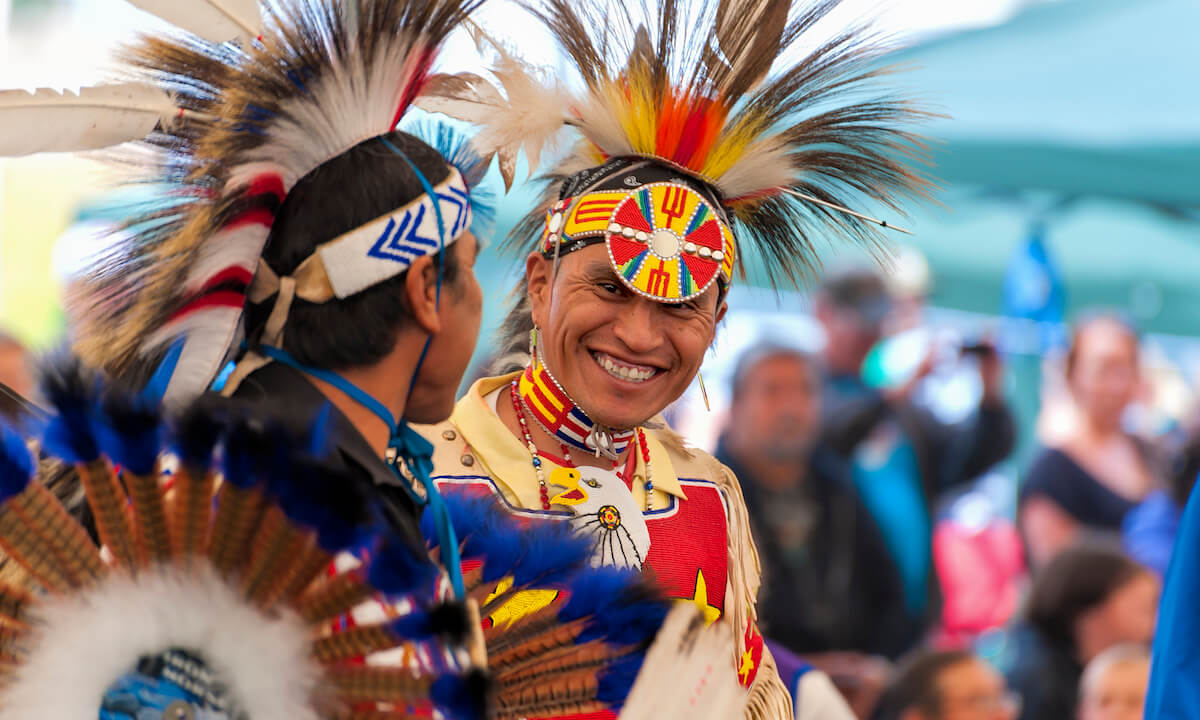
A Tribe Called Red brings their heritage to the dance scene to raise awareness and bring people together. Watch the video to see how this music group shares aspects of their culture with the public.

Historians and locals celebrate the settlement of St. Augustine, which was founded 450 years ago and is the oldest city in the United States.

In this article, Damon Darlin uses the New York Times’ word usage tool to measure the language used about immigrants during different times in history. Look at the charts to see the United States’ immigration rates and the terms used to describe the people who came to the country.

In Montgomery County, Maryland, Asian immigrants straddle a cultural divide.
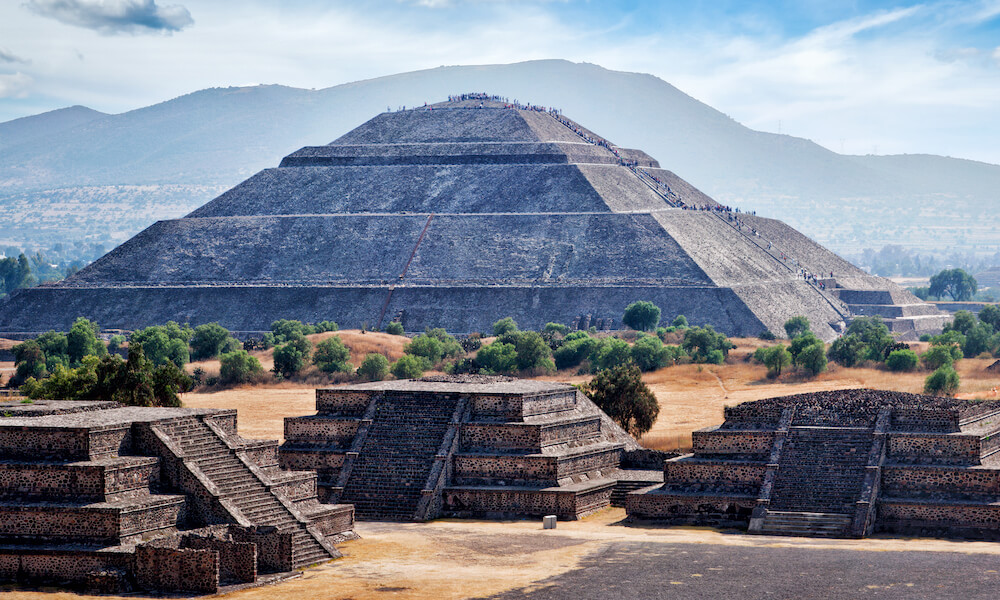
Few maps detail the early interactions of the indigenous people of Mexico and early Spanish colonists as much as the Codex Quetzalecatzin. Made using traditional Aztec methods and showing Spanish influences, this map shows the effect of two cultures colliding.
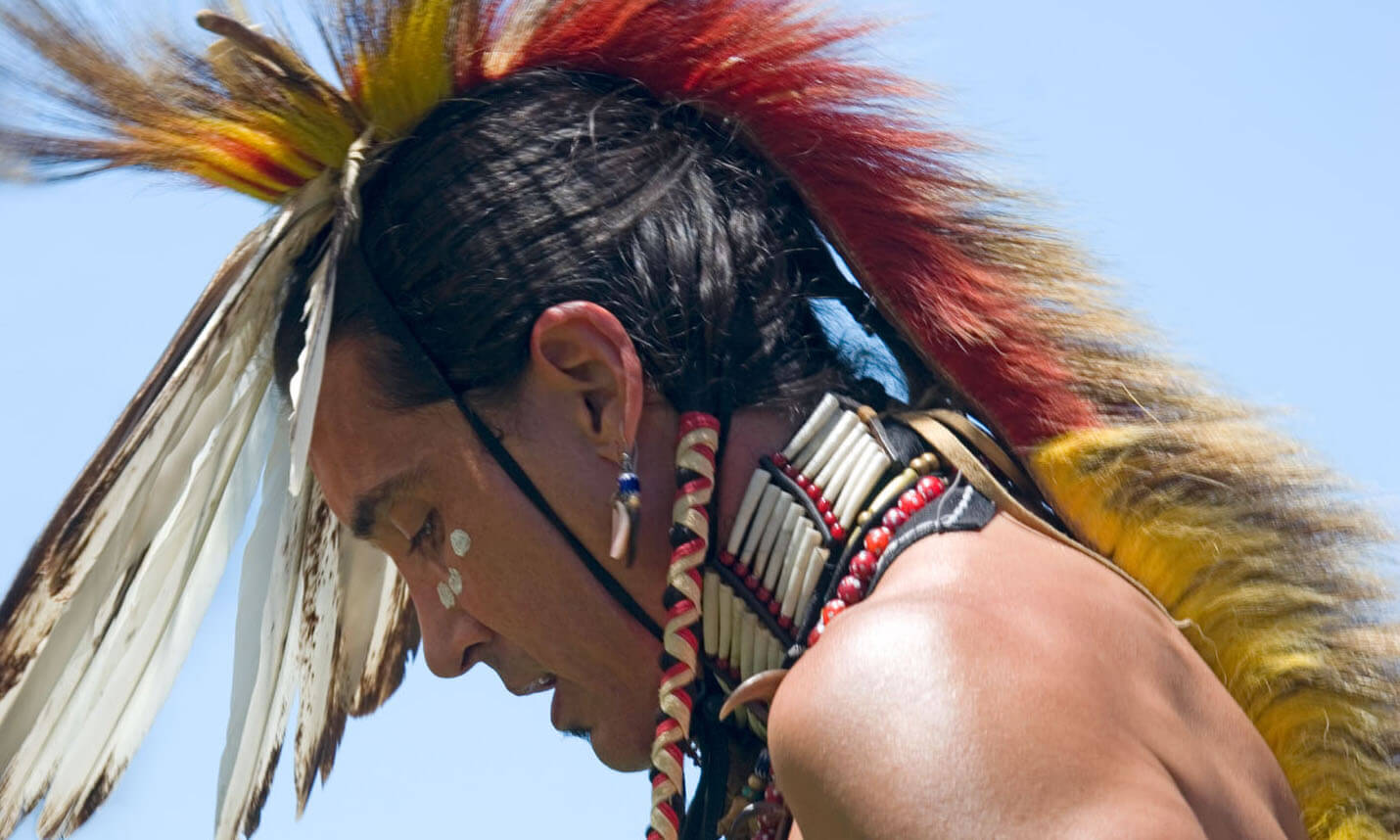
Historically, colonizers gave names to the indigenous people of North America instead of using the names already in place. This continued imposition is inaccurate and at times insulting. Read the article to learn more about this problem.

What is it about the United States that convinces citizens of other nations to leave their homes and lives behind? Visit this site to explore the answers, along with the personal stories of immigrants from Guatemala, Iran, Tibet, the Soviet Union, Taiwan, and Mexico. While you’re there, be sure to browse the photo archives and genealogical resources.

In this radio interview, Alex Sugiura shares his experiences as a person who isn’t immediately recognizable as one race or another. Be sure to click on the radio clips to hear Alex’s story.
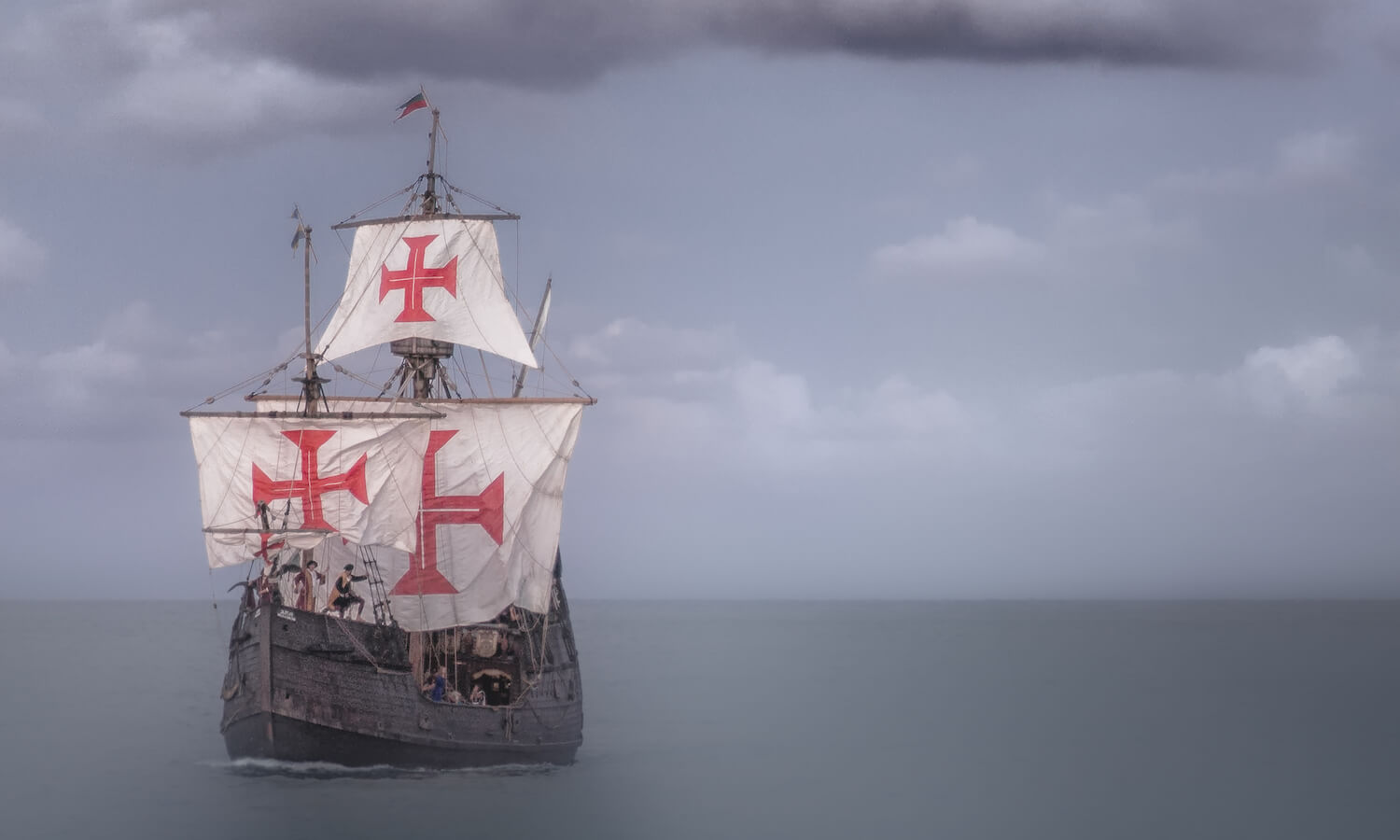
The genocide of millions of Native Americans cooled the Earth and had devastating consequences all over the world. This article explains the profound effects people had on the Earth’s climate before modern times.
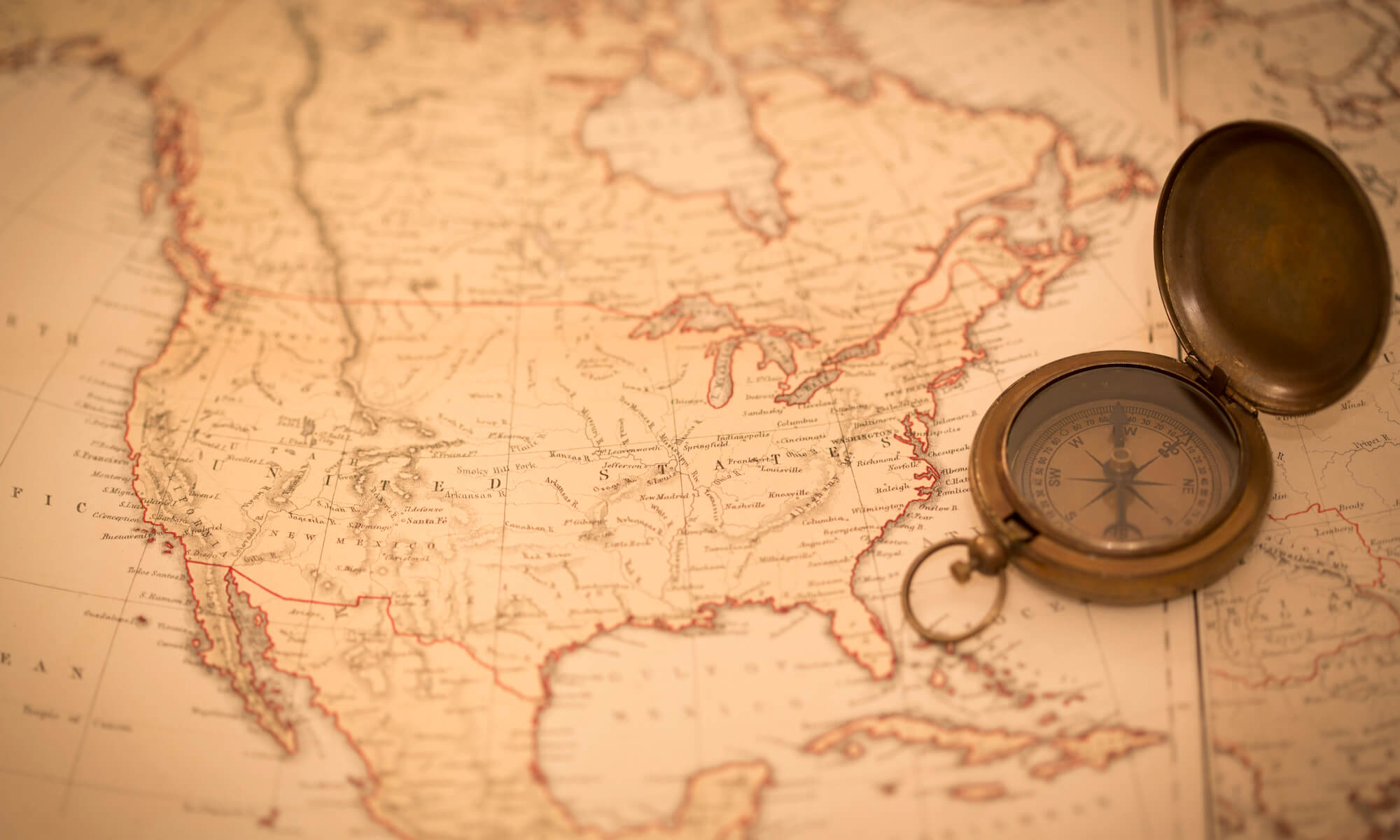
Read about the importance of a map which shows the land you are living on and which group of indigenous people lived there first. Explore the map here.

The Montana House of Representatives voted to join several other states in celebrating Indigenous Peoples’ Day instead of Columbus Day. However, the fight for recognition is not over yet!
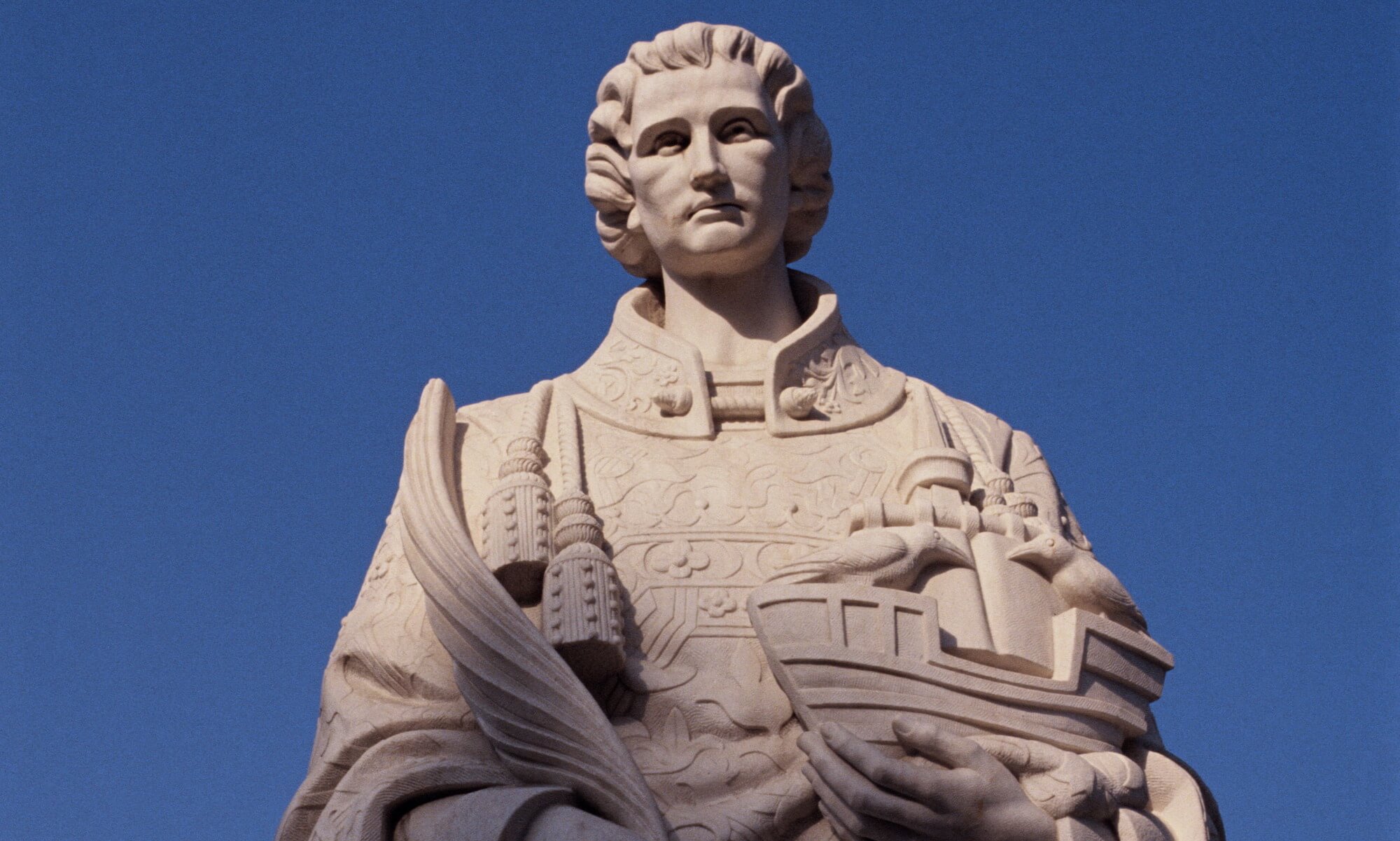
Statues of conquistadors are facing many of the same criticisms as Confederate statues. How should we treat these statues? Read the article for commentary on a complicated issue.
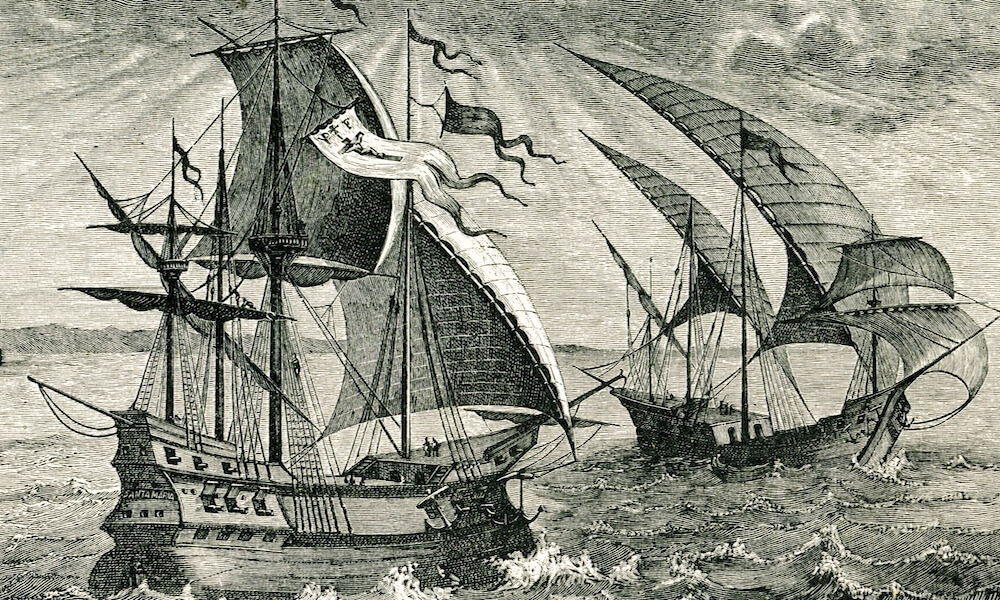
Conquistadors made their way to America in search of wealth and glory. However, their experiences and the experiences of those they encountered were anything but glamorous.

Watch this brief video that deconstructs the Mayflower, including details about the ship itself, its passengers, and its journey. Explore related links on the site to learn more about the Mayflower and the Pilgrims.
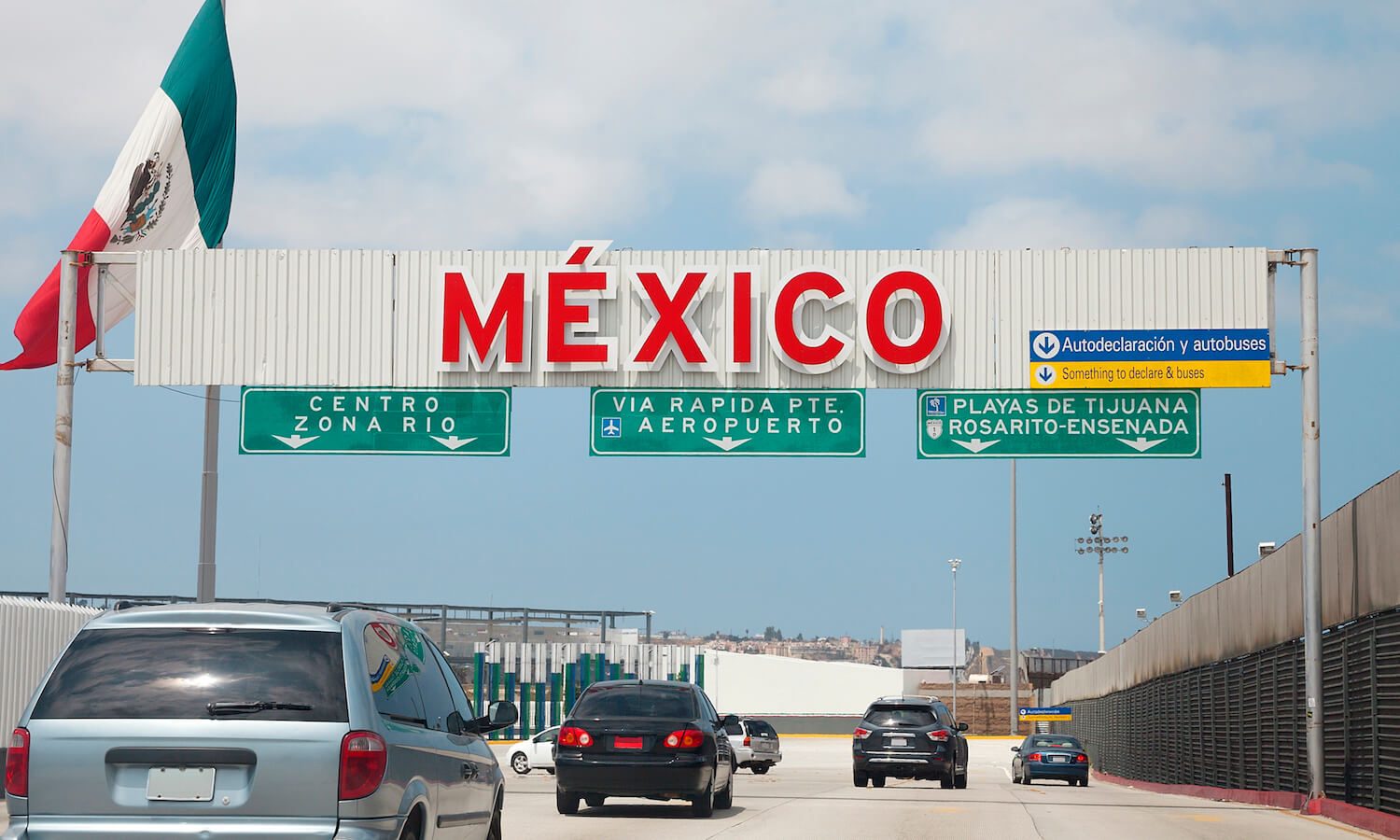
Explore part or all of the boundaries that separate the United States and Mexico.